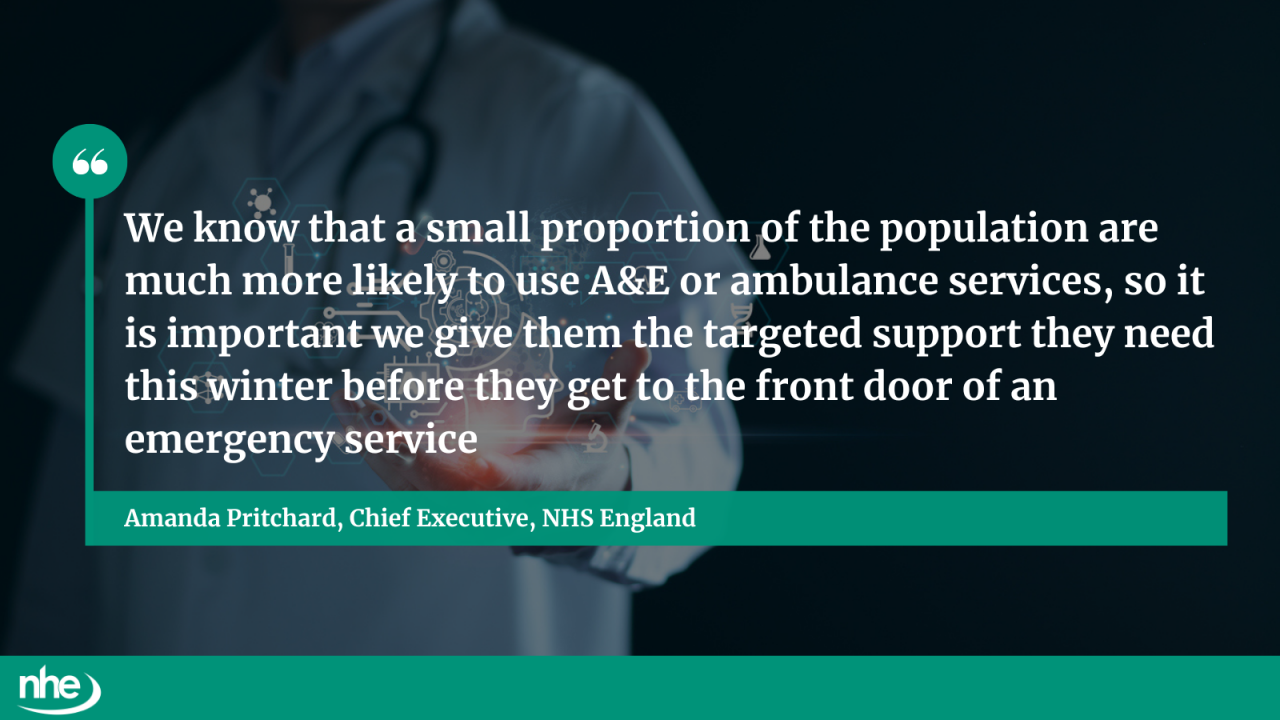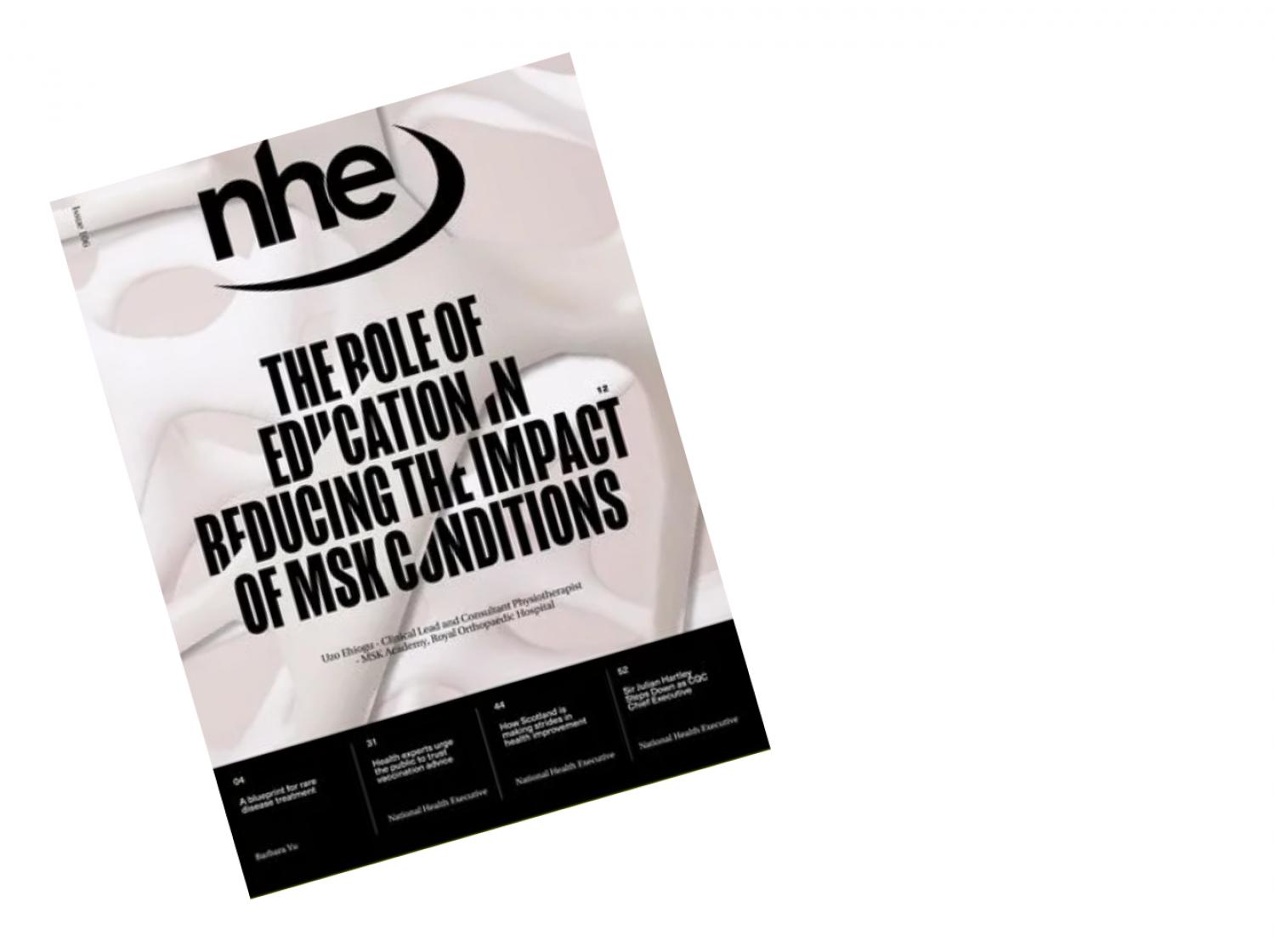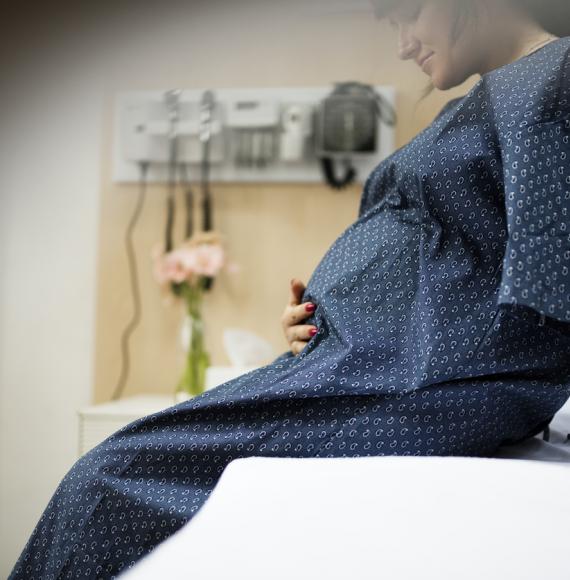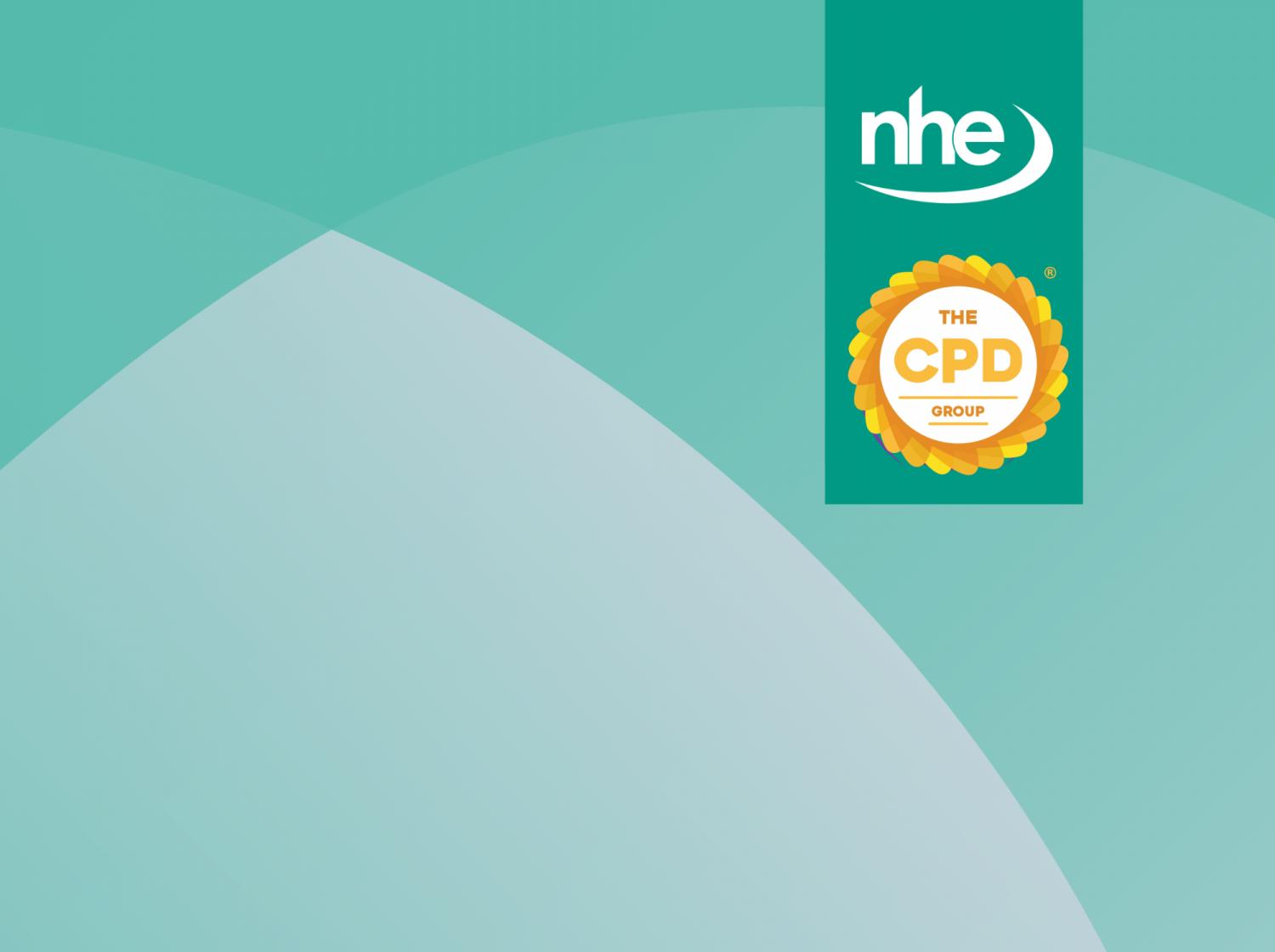In a groundbreaking initiative, the NHS is leveraging artificial intelligence (AI) to identify patients at risk of becoming frequent users of emergency services.
This proactive approach aims to provide timely, appropriate care and alleviate the burden on A&E departments.
With over 360,000 patients attending A&E more than five times annually, the NHS's data-driven initiatives are set to transform emergency care. By identifying high-risk individuals early, NHS teams can offer targeted support, preventing unnecessary A&E visits.
HIU services, now operational in over 125 emergency departments across England, utilise advanced data analytics to pinpoint frequent A&E attendees. These services address underlying issues such as poverty and social isolation, providing one-to-one coaching and support in patients' homes.

Amanda Pritchard, NHS England Chief Executive, commented:
“The NHS is going into winter busier than ever before and as ever, despite huge pressure and a potential ‘quad-demic’, our incredible staff are doing everything within their power to provide the best possible care to patients.
“We know that a small proportion of the population are much more likely to use A&E or ambulance services, so it is important we give them the targeted support they need this winter before they get to the front door of an emergency service – this is much better for them but will also help to relieve pressure on the NHS.
“Initiatives like using AI to spot those who may need extra support in the community help provide more personalised care and must be central to our 10 Year Health Plan.”
Examples of areas where this approach has been successful include:
- South Tees Hospitals NHS Foundation Trust: A dedicated keyworker helped 20 HIU individuals reduce their A&E visits by more than half, from 33 times per year.
- North East London: AI technology predicts patients at risk of frequent A&E visits, enabling preventative support for conditions like asthma and diabetes.
- New Cross Hospital, Wolverhampton: Combining community outreach with clinical leadership, the HIU service improved patient wellbeing and reduced hospital attendance by 58%.
Health Minister Karin Smyth added:
“We inherited a broken NHS that is dealing with record admissions heading into winter, which is why we’re investing £26 billion in the health service and have set out our Plan for Change to get the NHS back on its feet.
“But investment must come with reform, and these fantastic services are great examples of how innovation and partnership working can transform the NHS.
“They offer a double win for getting vulnerable patients the right support and saving the precious time of busy A&E staff.
“We want to share more of this best practice through the three shifts in our 10 Year Health Plan – moving from hospital to community, analogue to digital, and treatment to prevention.”
Patients such as Ryan and Chris have experienced life-changing support. Ryan, 23, received help after multiple hospital visits due to chest pain and suicidal thoughts. With NHS support, he found employment and has not returned to A&E. Chris, who frequently visited A&E due to a serious condition, received one-to-one support, addressing his housing issues and helping him find work, leading to a significant reduction in emergency visits.
The NHS's innovative use of AI and HIU services exemplifies a forward-thinking approach to healthcare. By focusing on prevention and personalized care, the NHS aims to improve patient outcomes and reduce the strain on emergency services, ensuring a more sustainable healthcare system for the future.
Image credit: iStock



















